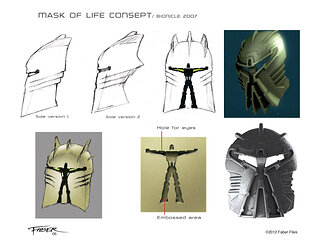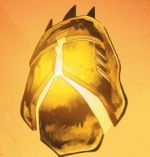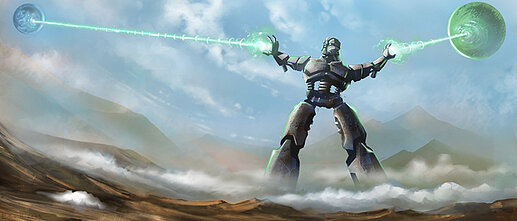Hello everyone on the Boards!
Allow me to explain…
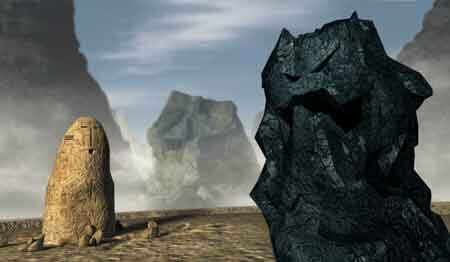
At the beginning of Bionicle, this is what we were shown, and promised. Two insanely powerful beings fighting for the souls of the dozens of tiny beings on the sand beneath their feet.
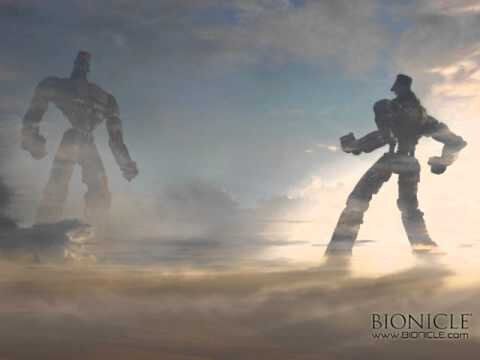
At the end of Bionicle, this is indeed what we got, just in a way we never could have imagined. Two insanely powerful beings, fighting for the souls of the beings on the sand beneath their feet.
One more thing:
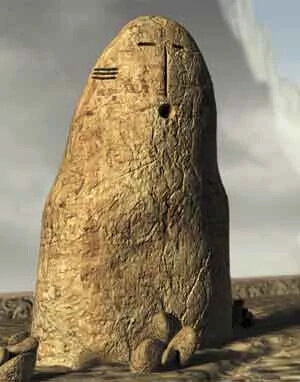
The distinctive three cheek marks on the Mata Nui stone.
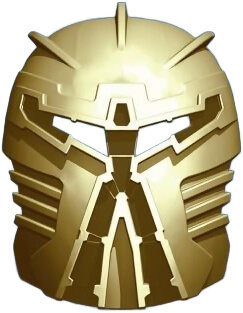
The distinctive three cheek marks of the Ignika, Mata Nui’s signature mask.
Now, listen, I realize this is sort of an obvious realization. Hence the title.
But how did I not ever realize this? The story came total full circle, and we haven’t been giving it enough credit.
Makuta really was Mata’s Nui evil brother. There he is, standing before him, perhaps even more powerful. He wasn’t some random individual of a species that did the impossible. He well and truly was Mata-Nui’s destined equal, and no one can tell me otherwise after I’ve noticed these obvious parallels.
Thank you for reading my insane ramblings. Please leave any other revelations you might have noticed of other such obvious narrative parallels below.

As always,
Comment and Discuss!

